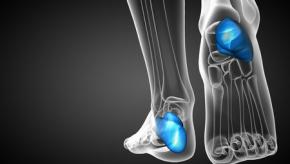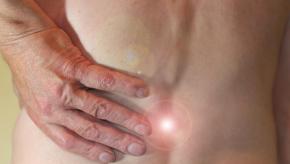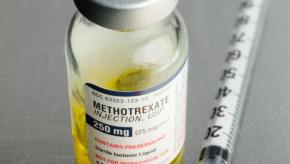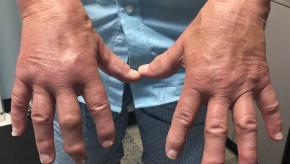Blogs
2021 GRAPPA Recommendations - Looking Back, Looking Forward
With the recent publication of the third iteration of the GRAPPA Psoriatic Arthritis (PsA) treatment recommendations, it seems to be an auspicious time to reflect on some key considerations that arose during the development of the recommendations, as well as to look towards what the future may hold.ICYMI: Who is Your Glue?
I’ve often talked about the nurses in my clinic as being the glue, the clinic glue, my personal glue. Without them, the day and task would never go as well and just might crash and burn, if not for their steadying influence.Five Mistakes When Diagnosing Still’s Disease
Adult-onset Still's presents an interesting and diagnostic challenge when encountered. Here are 5 tips to improve your diagnostic acumen for this febrile disorder.
A Domain-Based Approach to the GRAPPA Psoriatic Arthritis Treatment Recommendations
With their publication in June 2022 (1), the 3rd iteration of the Group for Assessment of Psoriasis and Psoriatic Arthritis (GRAPPA) Treatment recommendations for Psoriatic Arthritis (PsA) may have set a record or sorts.
Pain in Psoriatic Arthritis
Pain is typically ranked by both patients and physicians as the most important symptom of psoriatic arthritis (PsA) to assess and treat. Although the predominant concept of the etiology of pain in PsA is that of inflammation in peripheral joints, entheses, and bone signaling through peripheral nociceptive fibers, perceived as pain in the central nervous system, it is actually more complex than that. The ability of a treatment to ameliorate pain is one of the principle measures of its effectiveness. Thus pain improvement or worsening are key determinants of shared decision making about treatment in PsA.Pregnancy and Psoriatic Arthritis
Patient TS was a 30 year old woman who had been living with psoriatic arthritis for about 18 months. Her symptoms had started about 6 months after the birth of her first child with mild psoriasis in her scalp but increasing joint pain in her hands, wrists, elbows, knees, and ankles.















